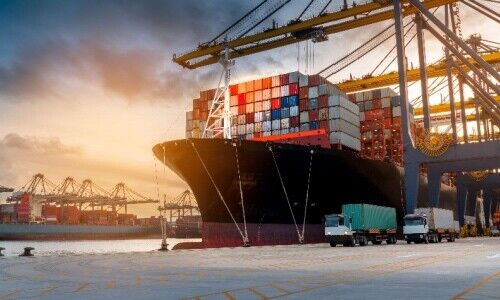Singapore Begins to Feel Trump 2.0 Trade Heat
The MAS said the economy continued to grow in the first quarter, although momentum was weaker than expected.
Trump’s fractured approach to tariffs has led to a global trade conflict between the US and, essentially, the rest of the world, roiling equity and bond markets worldwide.
Regionally, it now appears to be feeding into economic activity, according to the Monetary Authority of Singapore's (MAS) April 2025 policy statement, which was released on Monday.
Slowing Momentum
The authority said that the economy expanded 3.8 percent in the first quarter year-on-year, but that momentum was weaker than expected, falling by 0.8 percent quarter-on-quarter on a seasonally adjusted basis.
«Prospects for global trade and GDP growth dimmed in early April. The US has imposed tariffs on imports from most countries in the world, with some of these countries announcing retaliatory tariffs. Economies that levy duties on imports will likely experience an increase in costs and this will weigh on their aggregate demand,» the MAS indicated.
Sharp Decline
The MAS believes that Singapore’s GDP growth will fall to 0.0-2.0 percent from 4.4 percent in 2024, given that it is highly dependent on trade and its deep integration into global supply chains.
«There are downside risks to Singapore’s economic outlook stemming from episodes of financial market volatility and a sharper-than-expected fall in final demand abroad. A more abrupt or persistent weakening in global trade will have significant ramifications on Singapore’s trade-related sectors, and in turn, the broader economy,» the MAS indicated.
Abrupt Change
That is an abrupt change in trajectory, and it is likely that many other forecasters in small, export-oriented countries are taking a worried cue from the current goings-on in the city-state.
More likely than not, Singapore is functioning as the regional canary in a coalmine.




























